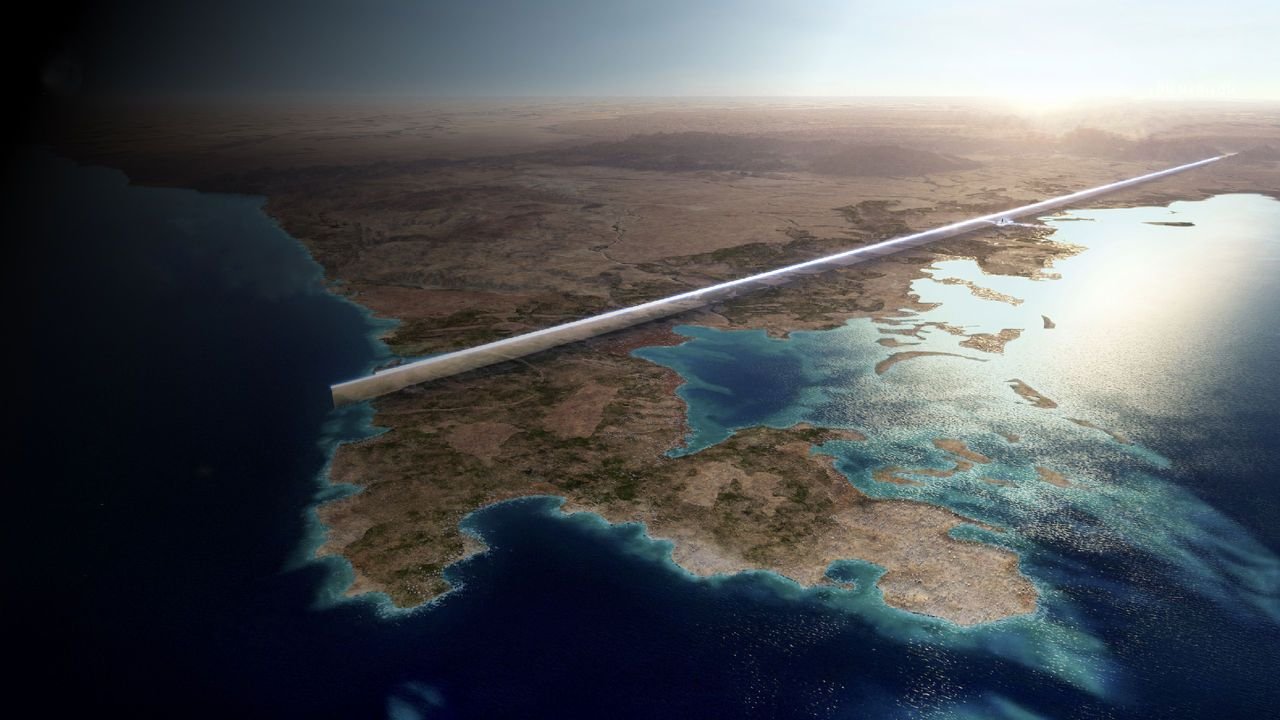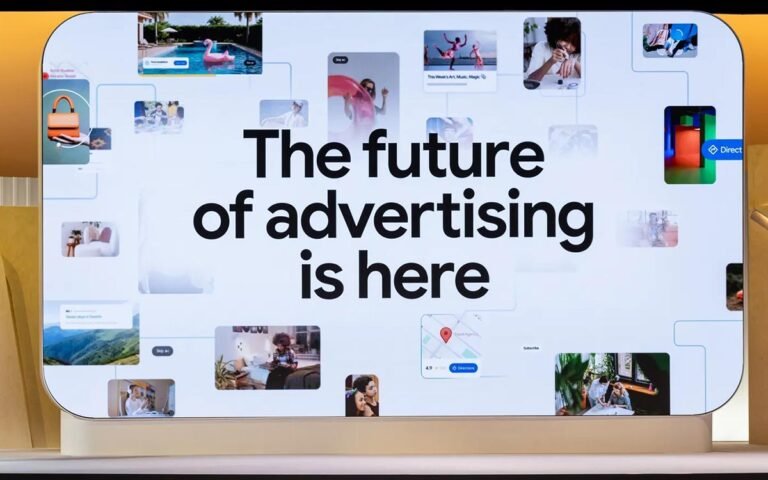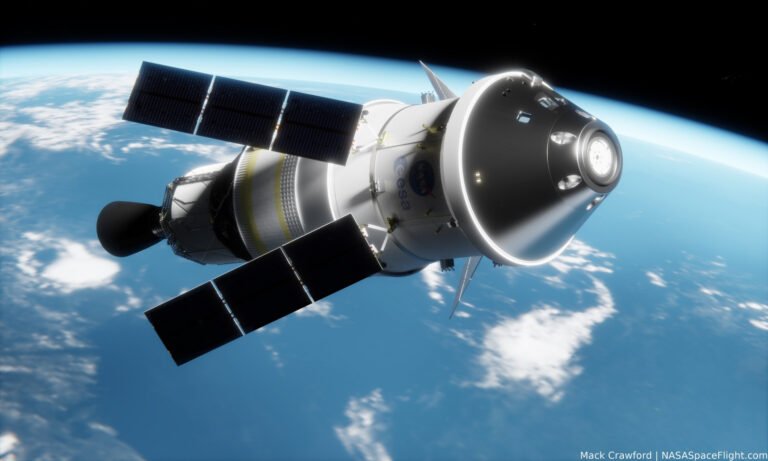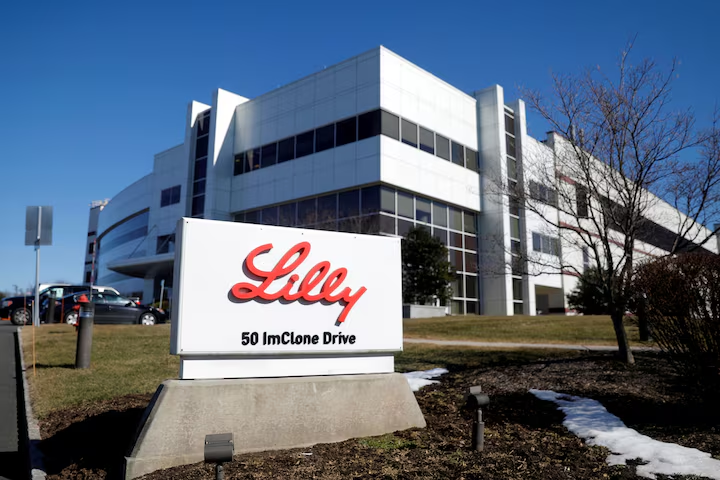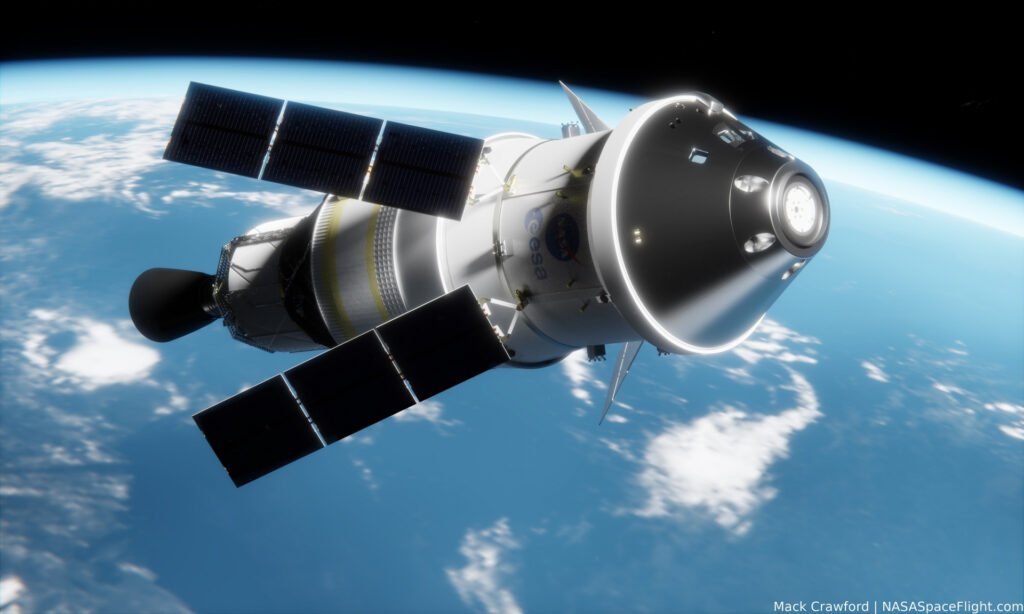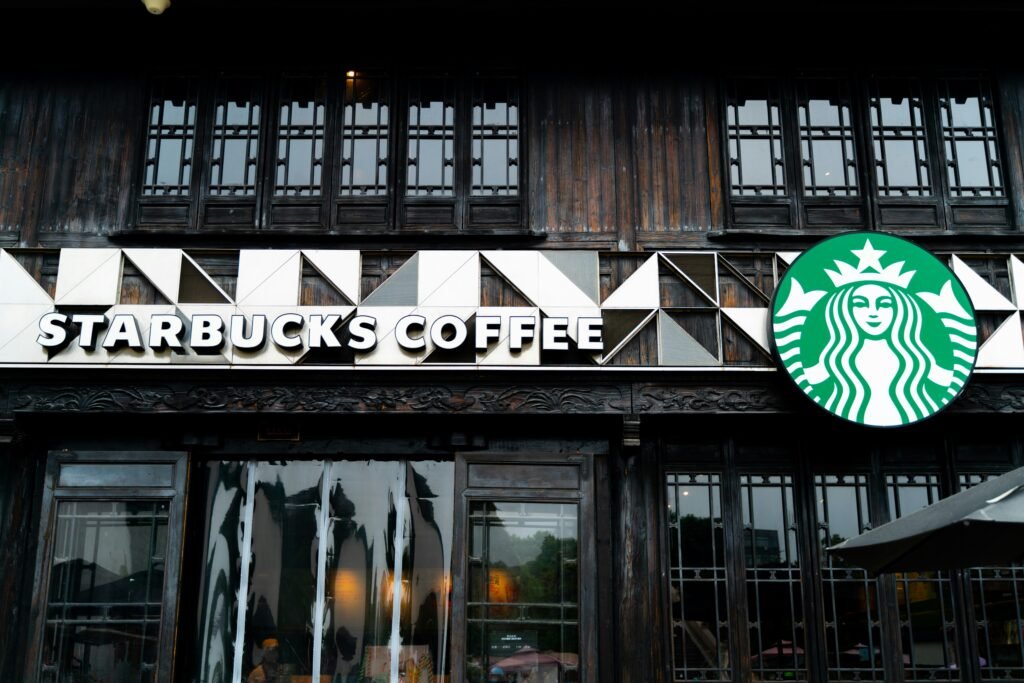Saudi Arabia’s NEOM project, with its centerpiece “The Line,” has captivated global attention. Pitched as a 170-kilometer-long linear city, “The Line” promises a futuristic, car-free, zero-carbon urban marvel. This vision consistently generates immense online buzz. Recently, rumors of an extravagant $1.2 billion “futuristic rave” for its launch in July 2025, featuring robot bartenders and a Travis Scott performance inside a mirrored megastructure, circulated widely. While such a grand party captures the imagination, credible reports for July 2025 do not confirm an event of that specific scale or nature directly for “The Line” itself. Instead, the reality of The Line Saudi Arabia involves immense construction challenges, significant progress, and persistent, often severe, controversies.
The Vision vs. Current Reality of The Line Saudi Arabia
The concept of The Line Saudi Arabia remains incredibly ambitious. It envisions a vertical, mirrored skyscraper city housing nine million people on a mere 34 square kilometers. This design aims to achieve unprecedented urban efficiency. It promises residents five-minute access to all daily essentials and a 20-minute end-to-end journey via high-speed transit. The city aims for 100% renewable energy and 95% land preservation for nature.
However, the tangible progress tells a different story compared to the initial grand timelines. As of mid-2025, vast excavation work is underway, with millions of cubic meters of earth moved. Contractors are installing massive foundation piles, preparing for vertical construction to begin in late 2025 or early 2026. Official reports indicate that the first phase, a 2.4-kilometer segment designed to house over 200,000 residents, is now projected for completion by 2030. This is a significant scaling back from earlier projections for the entire 170km length, which some experts believe could take up to 50 years to fully realize. While parts of NEOM, like the luxury island Sindalah, have seen launches (with celebrity attendance and costs of tens of millions, not billions), a full “rave” for “The Line” itself, as widely rumored, remains unverified.
Environmental Criticisms and “Greenwashing” Claims
Despite its “zero-carbon” and “eco-friendly” branding, The Line Saudi Arabia faces heavy environmental scrutiny. Critics label the project as “greenwashing,” a term that has surged in searches alongside “NEOM carbon footprint.” Experts raise alarms about the megacity’s potential ecological impact. The sheer scale of its mirrored structures could alter local weather patterns. This includes changes to rain patterns and intensification of desert winds and storms.
Furthermore, the construction itself demands immense resources. The project reportedly uses 20% of the world’s currently available steel. The vast amounts of concrete required for foundational work also generate significant emissions. Concerns about disrupting desert ecosystems and migratory bird routes, particularly with the mirrored exterior, persist. These environmental questions pose a stark contrast to NEOM’s stated sustainability goals.
Human Rights Concerns and Social Impact
Beyond environmental worries, The Line Saudi Arabia is embroiled in serious human rights controversies. Reports detail the forced displacement of the Howeitat tribe, indigenous to the NEOM area for centuries. Members resisting eviction have faced severe consequences. In 2020, activist Abdul Rahim al-Huwaiti was reportedly killed after opposing the evictions. More recently, in October 2022, three members of the Howeitat tribe were sentenced to death for resisting displacement. These actions have drawn widespread international condemnation from human rights organizations like ALQST and Human Rights Watch.
Concerns also extend to migrant workers. Despite NEOM’s stated commitment to human rights, NGOs report issues such as the death of a Pakistani civil engineer on a construction site, with allegations of inadequate investigation and compensation. These reports raise ethical questions about the project’s adherence to international labor standards and its impact on vulnerable populations. The social cost of such a mega-project, including the disruption of communities and traditional livelihoods, remains a critical aspect of its overall assessment.
Navigating the Future of The Line Saudi Arabia
The future of The Line Saudi Arabia is complex. The project represents a bold attempt by Saudi Arabia to diversify its economy away from oil, align with its Vision 2030, and become a global innovation hub. It embodies a futuristic ideal of urban living. However, it grapples with immense financial hurdles, engineering complexities, and severe ethical criticisms.
The massive scale demands continuous, substantial funding. Recent reports indicate a significant drop in the Public Investment Fund’s profit (the primary backer), leading to budget cuts across various Saudi megaprojects. Some major contracts, including a $5 billion deal for NEOM, have reportedly been terminated or scaled back. This highlights the tension between grand visions and economic realities. For “The Line” to succeed, transparent and ethical practices, coupled with sustained financial commitment and a willingness to address criticisms, will be paramount. The world watches closely to see if this ambitious dream will become a blueprint for future cities or a cautionary tale of unchecked ambition.
For more news and updates, please visit PFM Today.

